See what happens when a left main thrombus evolves from subtotal occlusion to total occlusion.
Dr. Smith's ECG Blog
OCTOBER 20, 2024
The ST segment changes are compatible with severe subendocardial ischemia which can be caused by type I MI from ACS or potentially from type II MI (non-obstructive coronary artery disease with supply/demand mismatch). This patient is actively dying from a left main coronary artery OMI and cardiac arrest from VT/VF or PEA is imminent!

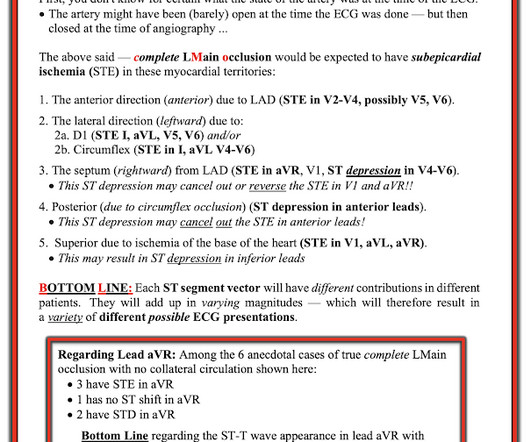
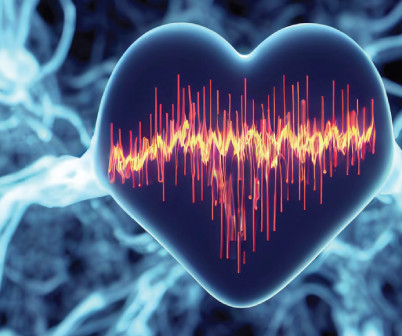
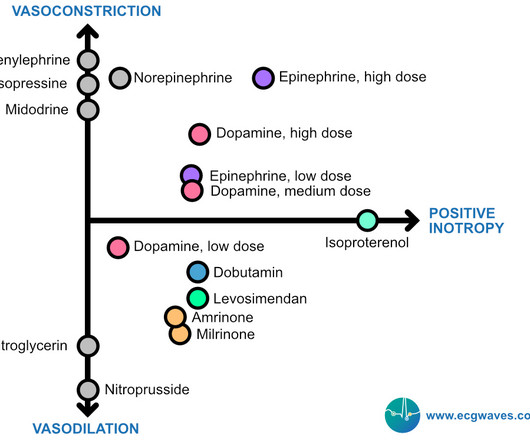

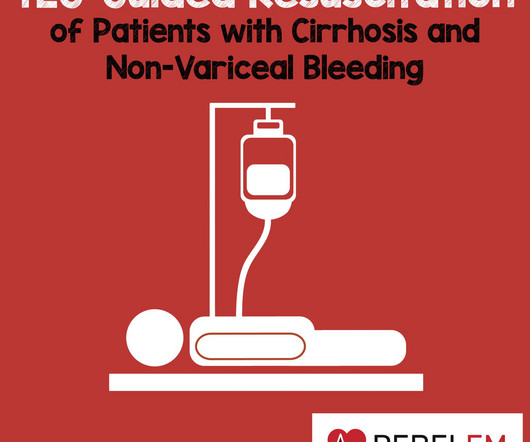



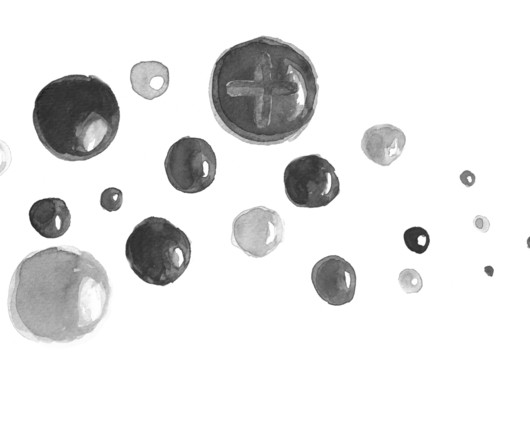







Let's personalize your content